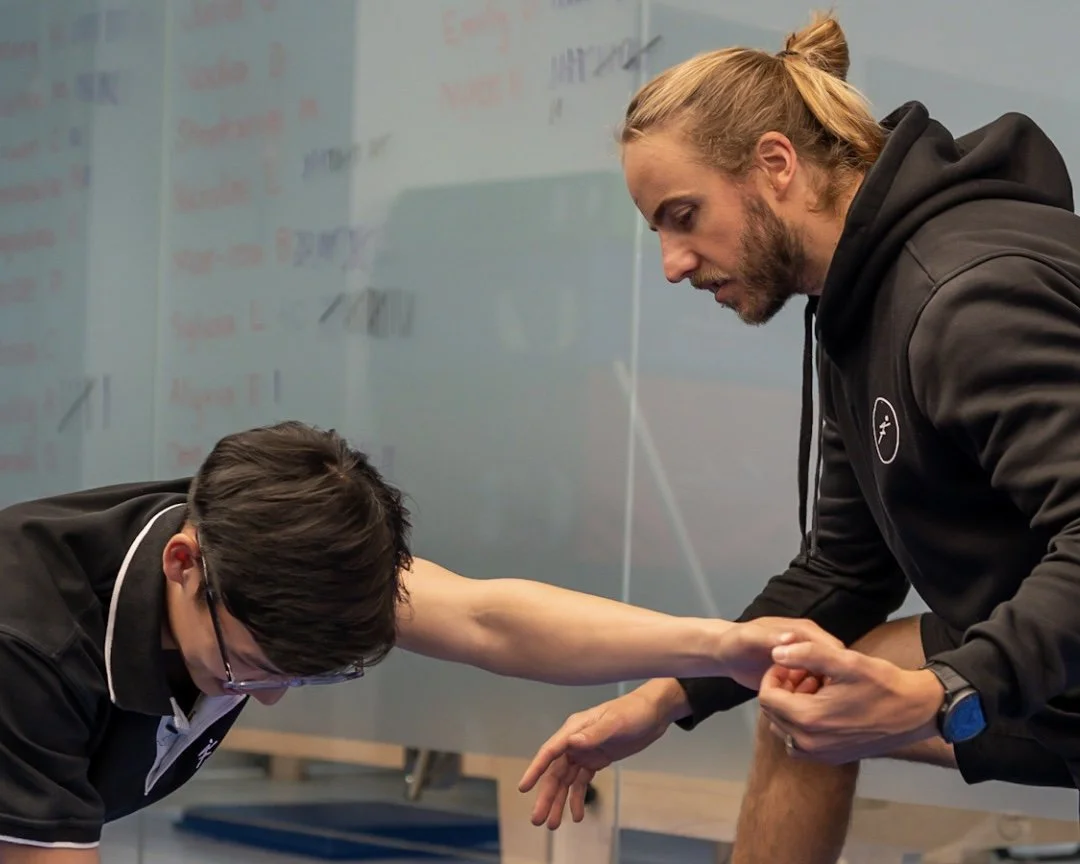The Importance of Warming Up: How Physiotherapy Can Help You Prepare for Exercise
Whether you’re a seasoned athlete or just starting a fitness routine, one of the most important components of exercise is often overlooked: the warm-up. Many people are tempted to dive straight into their workouts, but failing to warm up properly can increase the risk of injury and reduce overall performance. Warming up prepares your body for the physical demands of exercise by gradually increasing your heart rate, improving flexibility, and priming your muscles and joints for movement.
Physiotherapists play a vital role in helping individuals create tailored warm-up routines that are not only effective but also specific to their needs, fitness levels, and goals. Understanding how and why to warm up correctly is essential for anyone who wants to stay active, healthy, and injury-free.
Why Warming Up Matters
A proper warm-up does much more than simply get your body moving—it actively prepares your muscles, joints, cardiovascular system, and even your nervous system for the workout ahead. Here’s how warming up benefits your body:
Increases Blood Flow to Muscles
Warming up helps dilate blood vessels, ensuring that your muscles receive a steady supply of oxygen and nutrients. This increased circulation helps prevent the buildup of lactic acid, which can lead to cramps and muscle fatigue.Improves Range of Motion and Flexibility
Gentle movement before exercise helps loosen up stiff muscles and joints, improving your flexibility and range of motion. This is particularly important for dynamic movements and exercises that require full-body engagement, like running or weightlifting.Activates the Nervous System
Warming up stimulates your nervous system, enhancing coordination and muscle activation. This primes your body to perform complex movements more efficiently, allowing for smoother and more controlled exercise execution.Reduces Risk of Injury
When muscles are cold and stiff, they’re more prone to strain and injury. A proper warm-up gradually increases your body temperature, making your muscles more pliable and reducing the risk of sprains, tears, or other injuries.Mental Preparation
In addition to the physical benefits, warming up also gives you a mental edge. It provides an opportunity to focus, set intentions for your workout, and mentally prepare for the physical demands of exercise.
Physiotherapy's Role in Designing Warm-Ups
Not all warm-ups are created equal. What works for one person may not be suitable for another, especially if there are underlying physical limitations or conditions. This is where physiotherapists come in. Physiotherapists can assess your individual needs and design a warm-up routine that prepares your body for the type of exercise you're doing, while also addressing any specific concerns you may have.
Personalised Warm-Up Plans
Physiotherapists are experts in understanding how different bodies respond to movement. They take into account factors like age, fitness level, injury history, and specific activity goals. Based on these factors, they create personalised warm-up routines that ensure your body is adequately prepared without overstressing your muscles or joints.Injury Prevention and Management
If you’ve experienced a previous injury or have a recurring issue (like knee pain or back stiffness), a physiotherapist can modify your warm-up routine to prevent aggravating the condition. For example, they may recommend targeted stretches or specific activation exercises to strengthen weak muscles and protect vulnerable areas.Dynamic Stretching Over Static Stretching
While static stretching (holding a stretch for 15–30 seconds) used to be the standard warm-up approach, physiotherapists now advocate for dynamic stretching. This type of stretching involves controlled movements that mimic the activity you’re about to perform, such as leg swings or arm circles. Dynamic stretching helps improve mobility, activate key muscles, and increase blood flow without reducing muscle strength, which can happen with static stretching.Joint Mobilisation Techniques
Physiotherapists can guide you through joint mobilisation exercises to improve the movement of joints that may feel stiff or restricted. These exercises help prepare your body for exercises that require joint stability and mobility, like squats or lunges.Muscle Activation Exercises
A good warm-up should activate the muscles you’ll be using during your workout. Physiotherapists can introduce muscle activation exercises to "wake up" key muscle groups. For example, if you're preparing for a run, they may recommend glute activation exercises to ensure your lower body is properly engaged, reducing the load on your knees and preventing injury.
How to Structure a Physiotherapy-Approved Warm-Up
A well-structured warm-up can be broken down into three main components:
Cardio Activation (5-10 Minutes)
Start with light cardio to increase your heart rate and warm up your muscles. This could include brisk walking, jogging, cycling, or using a rowing machine. The goal is to gradually elevate your body temperature and get your blood flowing.Dynamic Stretching and Joint Mobilisation (5-10 Minutes)
Once your muscles are warm, transition to dynamic stretches and joint mobilisation exercises. Focus on movements that mimic the exercises you’ll be doing in your workout. For example:Leg Swings: Ideal for warming up the hips and legs before running or squats.
Arm Circles: Helps loosen up the shoulders before upper body workouts.
Lunges with a Twist: Engages the core and lower body, perfect for preparing for strength training or sports activities.
Muscle Activation (5-10 Minutes)
Finish your warm-up with exercises that activate key muscle groups. For example:Glute Bridges or Clamshells: Activates the glutes and hips for lower body exercises.
Planks or Bird Dogs: Engages the core for improved stability and balance.
Scapular Push-Ups: Prepares the shoulder and upper back muscles for pressing movements or overhead exercises.
The Long-Term Benefits of Warming Up
While warming up may seem like a small part of your workout, it has long-term benefits that go beyond just preventing injuries. Incorporating an effective warm-up into your routine can lead to improved performance, faster recovery times, and better overall fitness. You’ll be able to push harder during your workouts, knowing that your body is adequately prepared for the demands ahead.
Moreover, working with a physiotherapist to develop a personalised warm-up ensures that you’re addressing any areas of weakness or imbalance, reducing the risk of injury and promoting long-term joint and muscle health.
Conclusion
Warming up before exercise is essential for both injury prevention and enhancing workout performance. By improving blood flow, increasing flexibility, and activating key muscle groups, a proper warm-up prepares your body for physical activity in a safe and effective way. Physiotherapists can play a crucial role in designing warm-ups that are tailored to your specific needs and goals, ensuring that your body is ready to perform at its best.
Whether you’re recovering from an injury, managing pain, or simply looking to optimise your fitness routine, consulting a physiotherapist can help you create a warm-up strategy that supports your long-term health and well-being.

